Home>Garden Essentials>How Long Grape Tomato Germinate
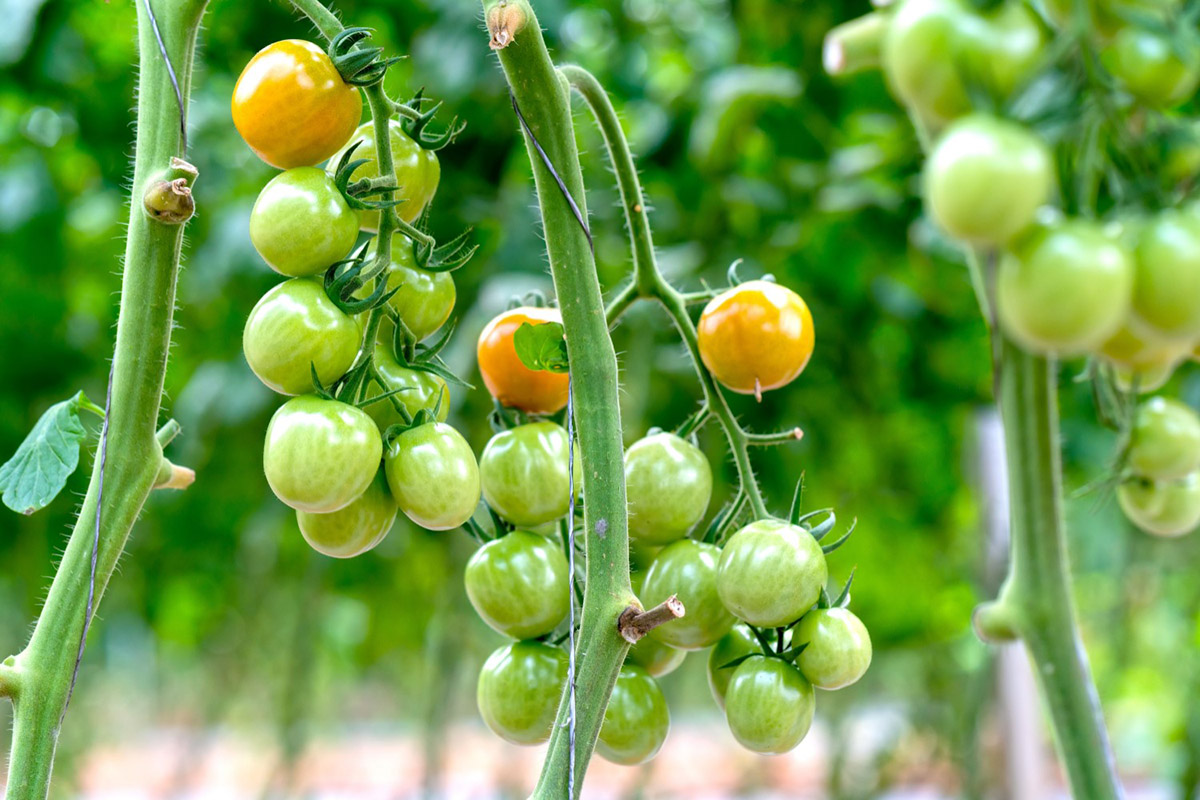

Garden Essentials
How Long Grape Tomato Germinate
Modified: March 16, 2024
Discover how long it takes for grape tomatoes to germinate in your garden. Plan your planting schedule accordingly for a successful harvest.
(Many of the links in this article redirect to a specific reviewed product. Your purchase of these products through affiliate links helps to generate commission for Storables.com, at no extra cost. Learn more)
Introduction
Grape tomatoes are a popular choice among home gardeners due to their sweet and juicy flavor, as well as their compact size and high yield. Whether you’re starting your grape tomato plants from seeds or seedlings, understanding the germination process is essential for a successful garden. Germination refers to the process by which a seed transforms into a plant, and it is a critical stage in the life cycle of any plant. In this article, we will explore the factors that affect grape tomato germination, the ideal conditions for germination, the typical timeline for germination, and helpful tips for speeding up the process.
Key Takeaways:
- Get your grape tomato seeds to sprout faster by pre-soaking them, providing bottom heat, and optimizing moisture levels. Patience and care will yield bountiful harvests of sweet and juicy tomatoes!
- Create the ideal conditions for grape tomato germination by maintaining warm temperatures, proper moisture, and using high-quality seeds. With the right care, your garden will flourish with delicious grape tomatoes.
Read more: How To Germinate Grape
Factors affecting grape tomato germination
Several factors can influence the germination of grape tomato seeds. Understanding these factors can help you create the optimal environment for successful seed germination:
- Temperature: Grape tomatoes require warm temperatures to germinate. The optimal temperature range for germination is between 70 to 80 degrees Fahrenheit (21 to 27 degrees Celsius). Temperatures below 60 degrees Fahrenheit (15 degrees Celsius) can significantly prolong germination or even prevent it altogether.
- Moisture: Adequate moisture is crucial for seed germination. The soil should be consistently moist, but not waterlogged, throughout the germination process. Dry conditions can inhibit or delay germination. Ensure you water the soil regularly, especially during dry spells.
- Soil quality: Use well-draining soil rich in organic matter to provide the necessary nutrients for germinating seeds. Avoid heavy clay soils that can retain too much moisture and lead to rotting of the seeds.
- Light: Unlike some other seeds, grape tomato seeds do not require light to germinate. In fact, they actually prefer darkness. So, it’s best to cover the seeds with a thin layer of soil or vermiculite to keep them in the dark.
- Seed quality: Using high-quality seeds is essential for successful germination. Make sure to obtain seeds from reputable suppliers and check the expiration date to ensure optimum viability.
By taking these factors into consideration and providing the ideal conditions for grape tomato germination, you can greatly increase the success rate of your seedlings.
Ideal conditions for grape tomato germination
To maximize the germination rate of grape tomato seeds, it is important to create the ideal conditions. Here are the key elements to consider:
- Temperature: Grape tomatoes thrive in warm temperatures, so maintaining a temperature range of 70 to 80 degrees Fahrenheit (21 to 27 degrees Celsius) is ideal for germination. You can achieve this by placing the seeds in a warm location, such as a greenhouse or a sunny windowsill.
- Moisture: Proper moisture is essential for successful germination. Ensure the soil is consistently moist but not waterlogged. A good way to check the moisture level is by sticking your finger about an inch into the soil. If it feels dry, then it’s time to water. Mist the soil surface gently to avoid displacing the seeds.
- Soil type: Grape tomatoes prefer well-draining soil that retains enough moisture without becoming waterlogged. A mix of potting soil, compost, and sand offers a good balance of drainage and water retention. Avoid heavy clay soils that can hinder germination or lead to root rot.
- Planting depth: When sowing grape tomato seeds, plant them at a depth of about ¼ to ½ inch (6 to 12 mm) deep. This allows the seed to establish contact with the soil and absorb moisture for germination. Avoid burying the seeds too deeply, as it may prevent sprouting.
- Light: Although grape tomato seeds don’t require light for germination, they need light once they start to sprout. Place the seedlings in a location with ample sunlight or provide them with artificial grow lights to ensure healthy growth.
By providing these optimal conditions, you can give your grape tomato seeds the best chance of successful germination. Remember to monitor the moisture levels and adjust as necessary to create an ideal environment for germination.
Grape tomato seeds typically germinate within 7-14 days when planted in well-draining soil and kept in a warm, sunny location. Keep the soil consistently moist but not waterlogged to encourage germination.
Germination timeline of grape tomatoes
The germination timeline of grape tomatoes can vary depending on various factors, including temperature, soil moisture, and seed quality. On average, you can expect grape tomato seeds to germinate within 7 to 14 days under optimal conditions. However, it’s important to note that germination may take longer if conditions are not ideal.
Here is a general breakdown of the germination process for grape tomatoes:
- Day 1: After planting the grape tomato seeds, they remain dormant in the soil, absorbing moisture.
- Days 2-3: The seeds start to swell as they absorb water and prepare for germination.
- Days 4-7: Tiny root structures called radicles emerge from the seeds, followed by the emergence of the seedling shoot. The first signs of leaves may also become visible.
- Days 8-14: The seedling continues to grow, with the leaves maturing and the stem becoming more robust. The root system develops, providing stability and nutrient absorption for the growing plant.
It’s important to note that the timeline mentioned above is a general guideline, and the actual germination process may vary. Factors such as temperature fluctuations, seed quality, and individual plant genetics can influence the timeline.
Throughout the germination period, it is essential to provide consistent moisture and maintain the ideal temperature range. Avoid disturbing the seedlings during this phase to minimize stress and encourage healthy growth.
By understanding the typical timeline of grape tomato germination, you can have realistic expectations and effectively plan for the next stages of plant care.
Tips for speeding up grape tomato germination
If you’re eager to see your grape tomato seeds sprout and start their journey towards becoming thriving plants, there are some tips you can follow to help speed up the germination process. Here are a few helpful suggestions:
- Pre-soak the seeds: Pre-soaking the grape tomato seeds overnight can soften the seed coat and promote faster germination. Simply place the seeds in a container with water and let them soak for 12 to 24 hours before planting.
- Use a heat mat: Providing bottom heat through a heat mat can increase the soil temperature and speed up germination. Place the seed tray or pots on a heat mat set at the appropriate temperature range for grape tomatoes (70 to 80 degrees Fahrenheit or 21 to 27 degrees Celsius).
- Scarify or nick the seed coat: Some grape tomato varieties have thick seed coats that can be hard to penetrate. Gently nicking or scarifying the seed coat with a small file or sandpaper can help water penetrate the seed more easily, promoting quicker germination.
- Optimize moisture levels: Keep the soil consistently moist, but avoid overwatering, as this can lead to rotting. Using a spray bottle or misting the soil surface gently can help maintain proper moisture levels without disrupting the seeds.
- Provide adequate light: Once the grape tomato seeds have sprouted, ensure they receive sufficient light for healthy growth. Place them in a sunny location or use grow lights if natural sunlight is limited.
- Use a germination dome or plastic wrap: Covering the seed tray or pots with a clear plastic dome or plastic wrap can create a greenhouse-like environment, trapping moisture and heat, which can expedite germination.
Remember to monitor the progress of your grape tomato seeds and make adjustments as necessary. Each seed is unique, and germination can vary from seed to seed. Be patient and allow nature to take its course, but these tips may help accelerate the process.
By following these tips, you can potentially reduce the germination time and enjoy your grape tomato seedlings sooner.
Read more: How To Store Grape Tomatoes In The Fridge
Conclusion
Understanding the germination process of grape tomatoes is essential for every gardener who wants to grow these delicious and rewarding plants. By providing the right conditions, you can greatly increase the success rate and speed up the germination of your grape tomato seeds.
Factors such as temperature, moisture, soil quality, and seed quality play crucial roles in the germination process. Maintaining a warm temperature, keeping the soil consistently moist, using well-draining soil, and using high-quality seeds are all important considerations to ensure successful germination.
The germination timeline of grape tomatoes typically ranges from 7 to 14 days, with the emergence of the first roots and seedlings. However, keep in mind that individual variations and environmental factors can influence the timeline.
If you’re eager to speed up the germination process, there are several tips you can follow, such as pre-soaking the seeds, providing bottom heat, scarifying the seed coat, optimizing moisture levels, ensuring adequate light, and creating a greenhouse-like environment.
In conclusion, by understanding the factors that affect grape tomato germination, providing the ideal conditions, and incorporating these helpful tips, you can maximize the chances of successful and speedy germination. Remember to be patient, as every seed has its own pace and timing.
Happy gardening and may your grape tomato seeds sprout into thriving plants, bringing you bountiful harvests of sweet and juicy tomatoes!
Frequently Asked Questions about How Long Grape Tomato Germinate
Was this page helpful?
At Storables.com, we guarantee accurate and reliable information. Our content, validated by Expert Board Contributors, is crafted following stringent Editorial Policies. We're committed to providing you with well-researched, expert-backed insights for all your informational needs.
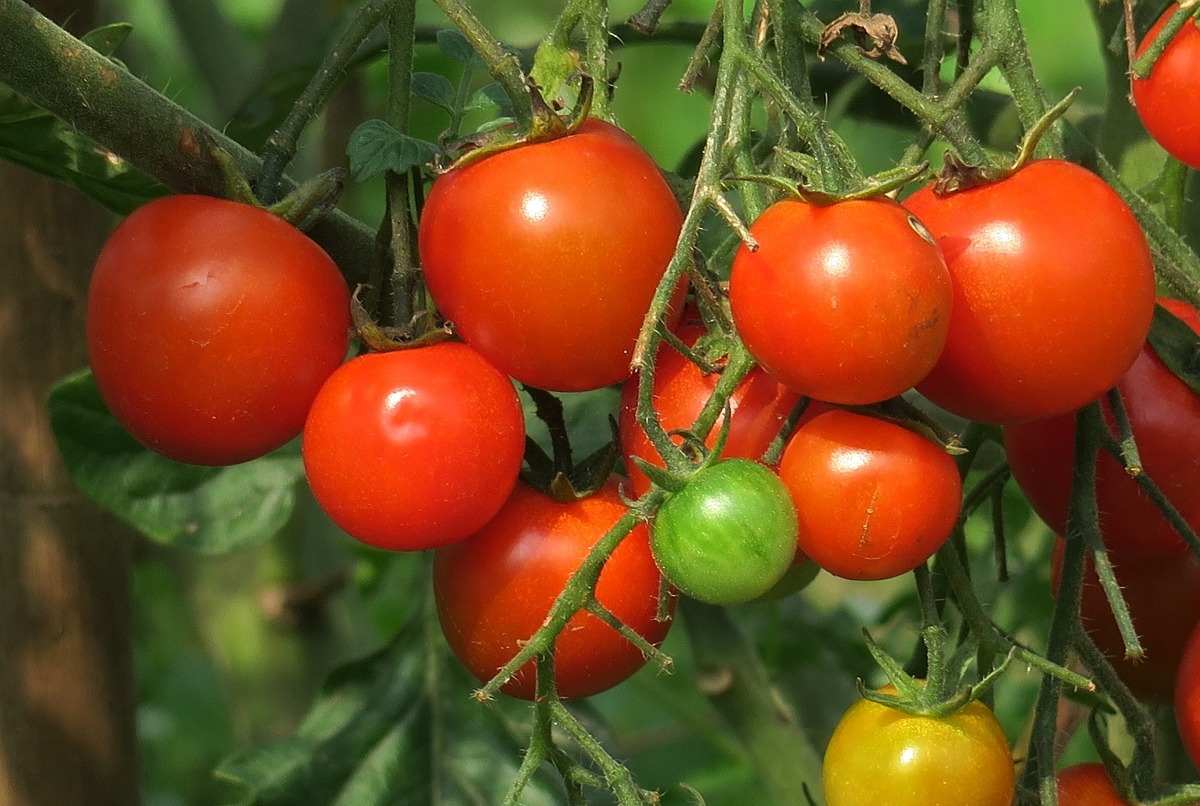
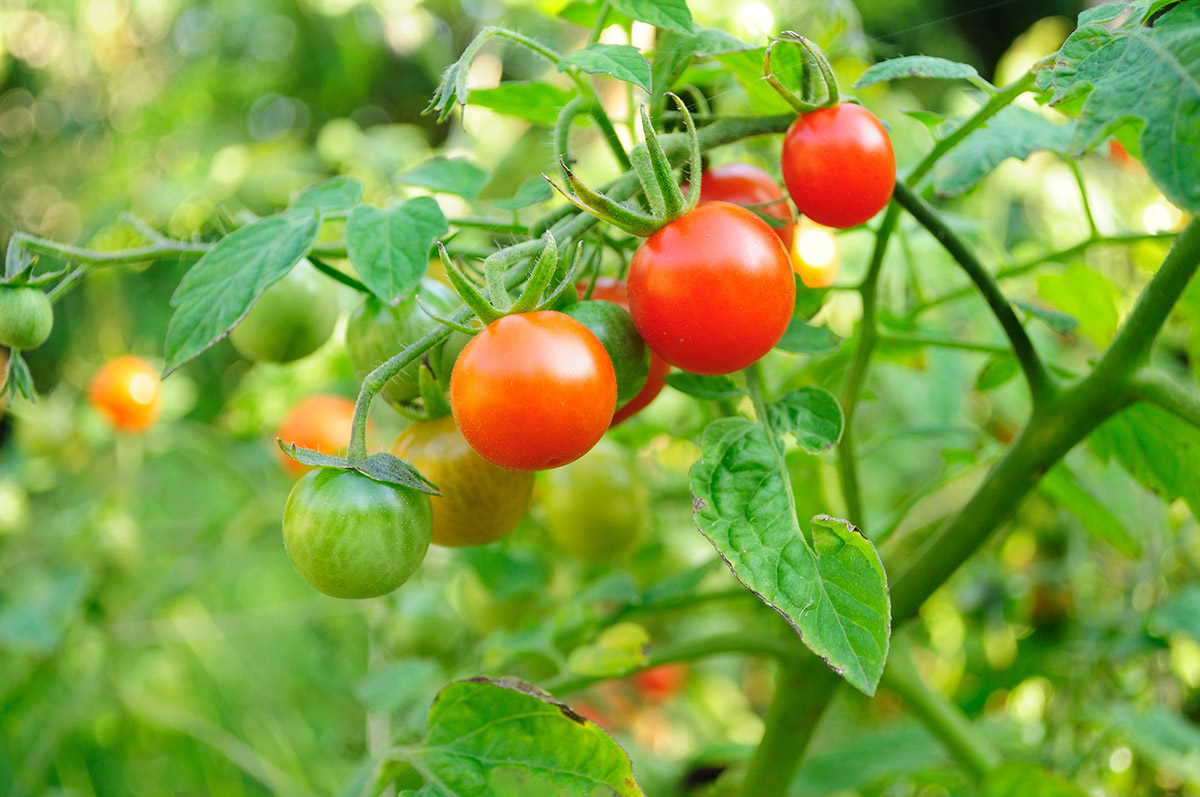
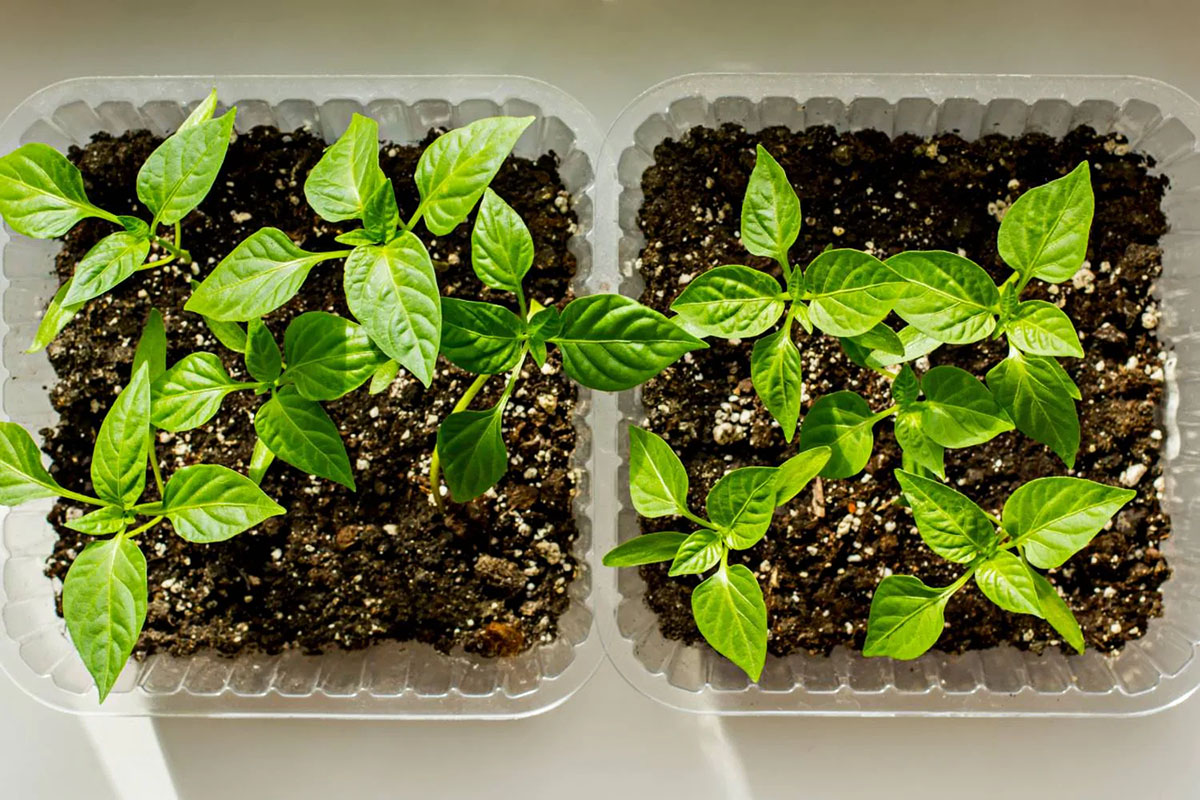
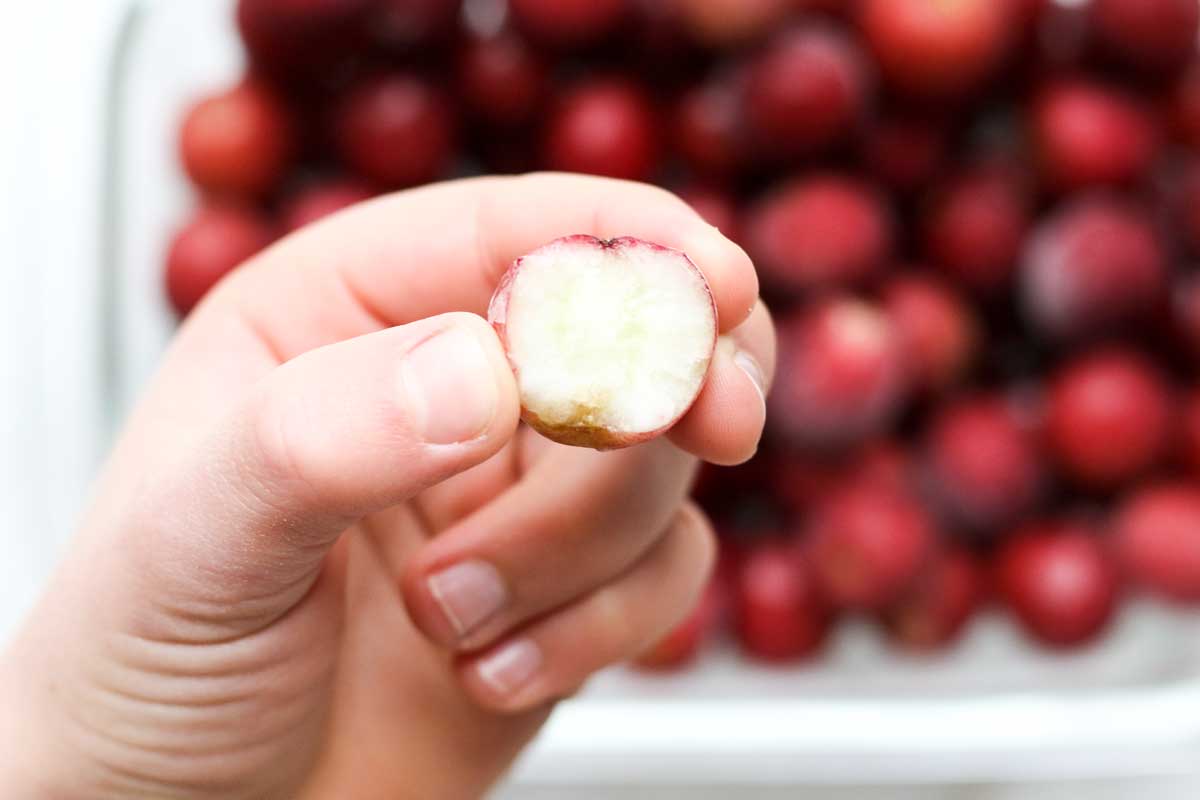
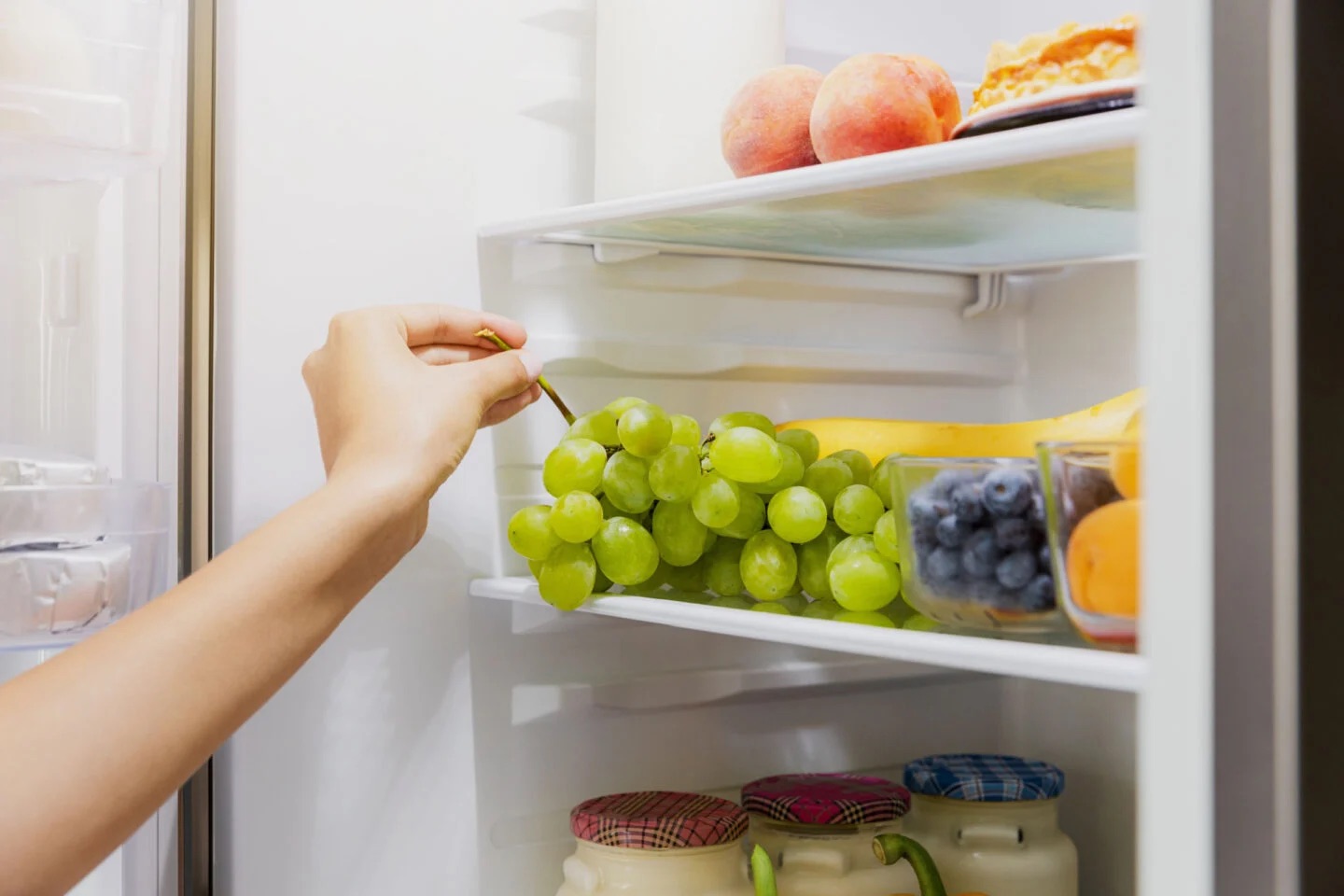
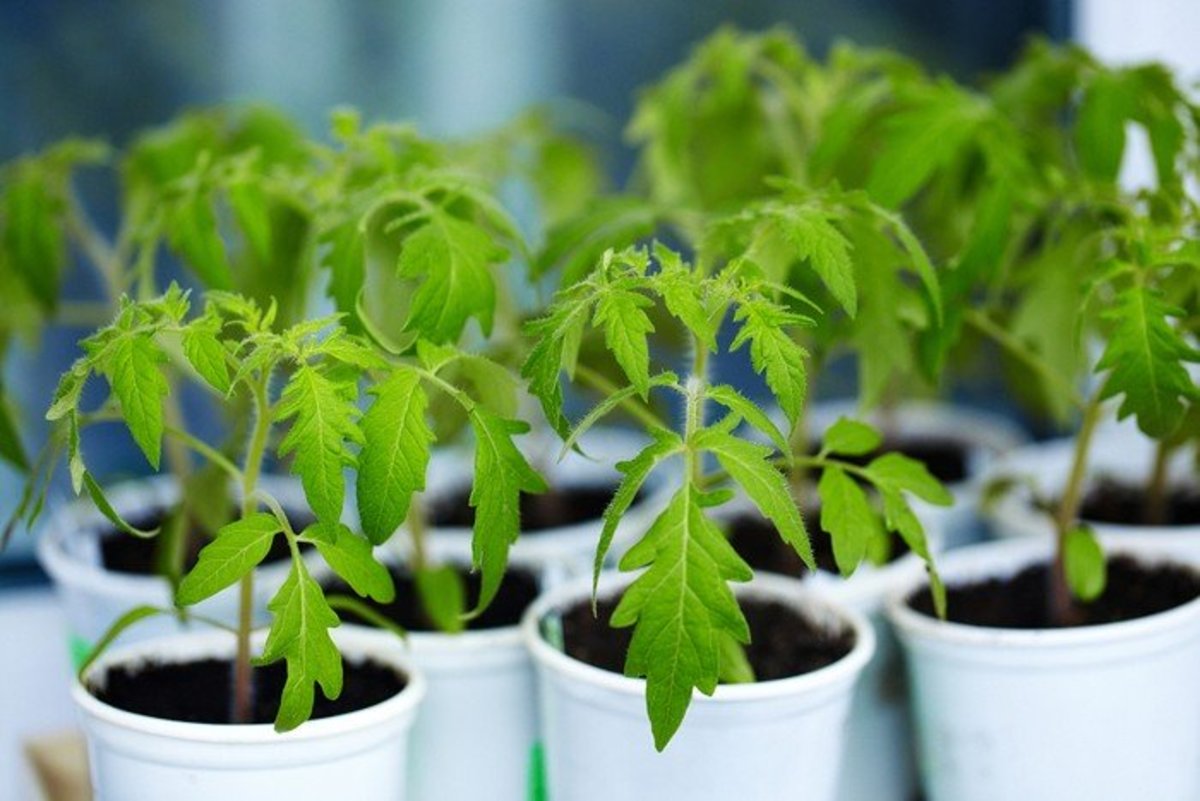
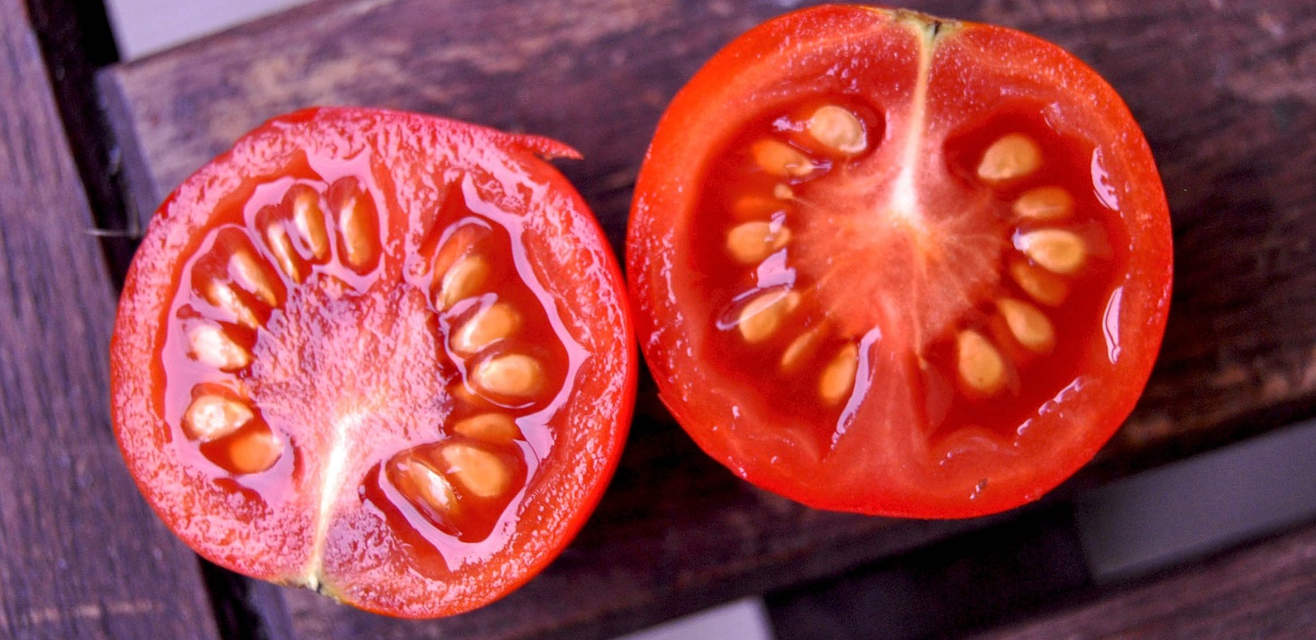
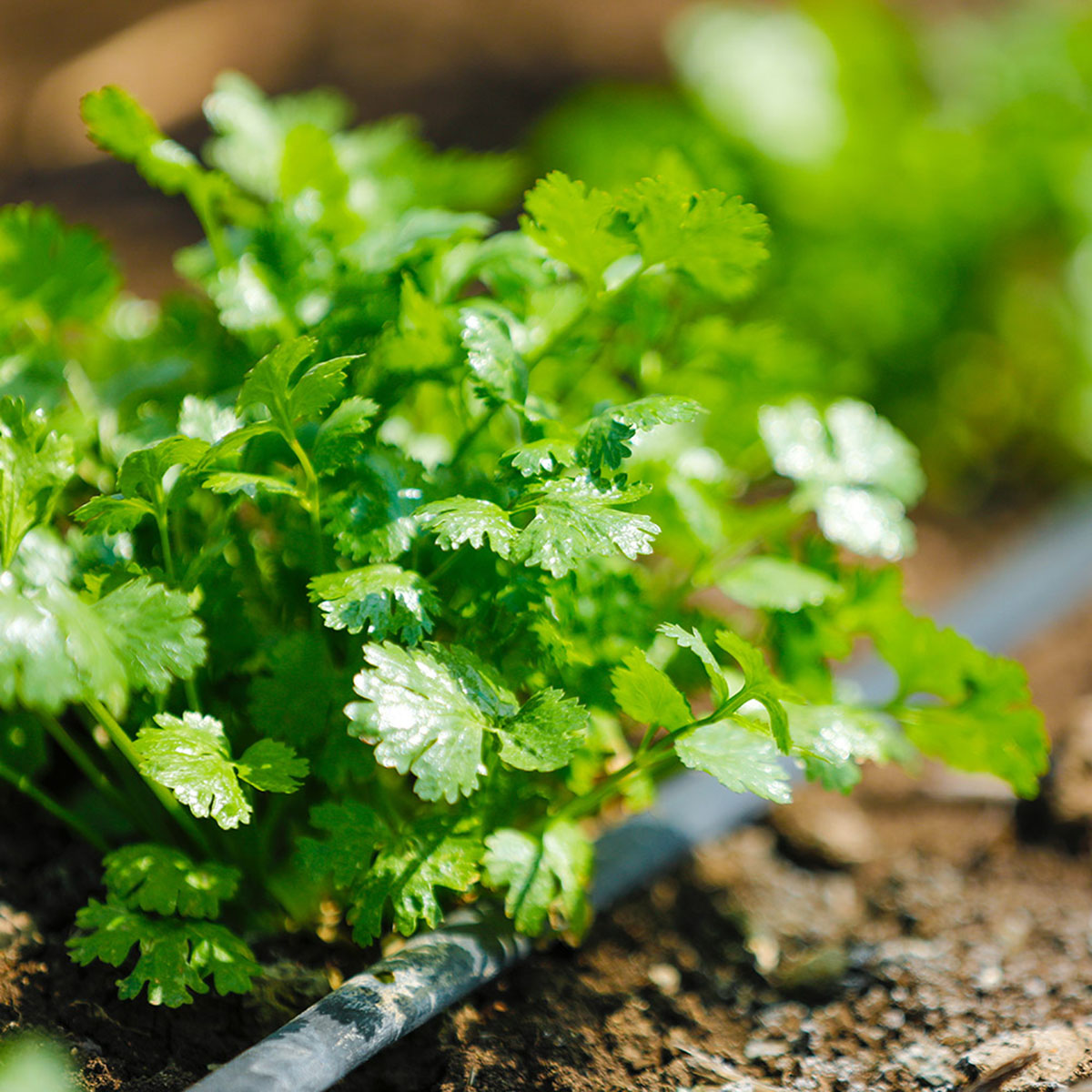
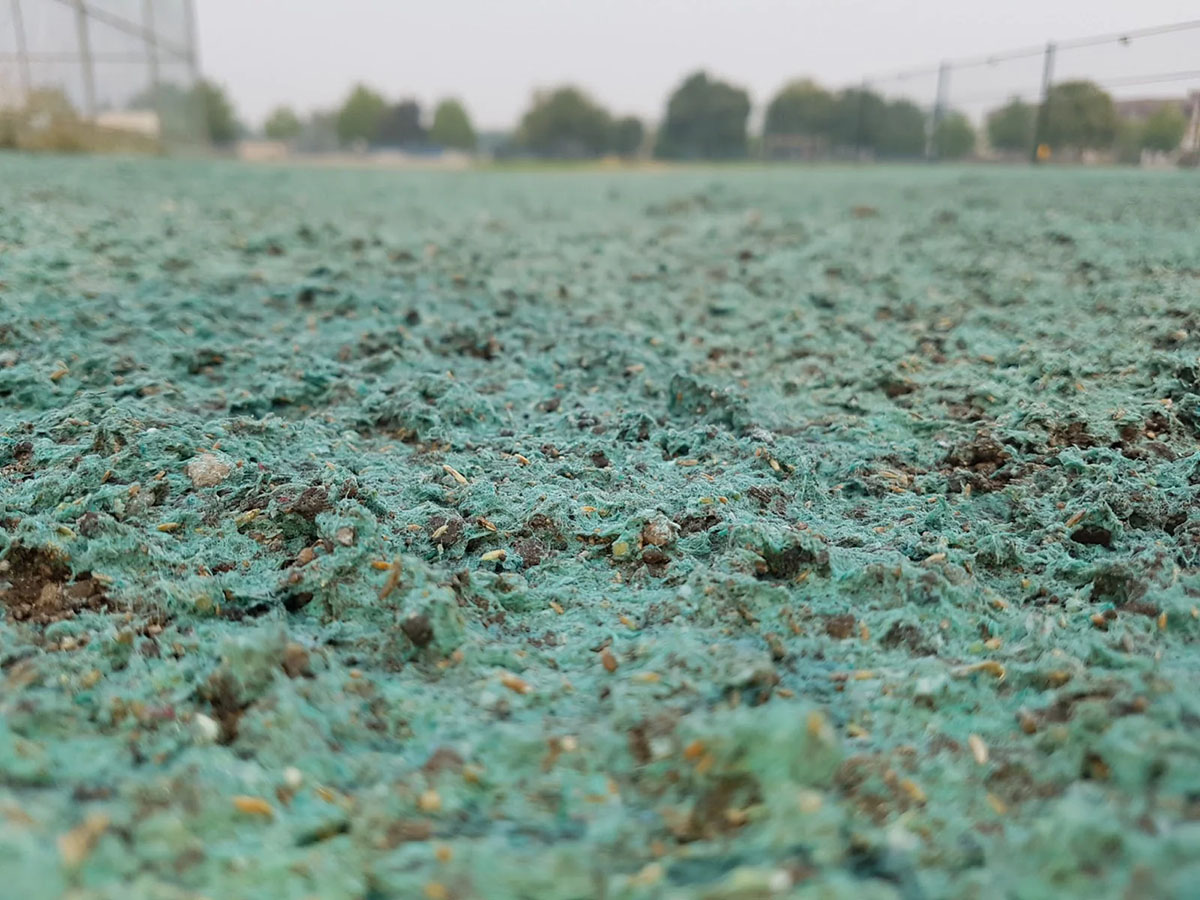

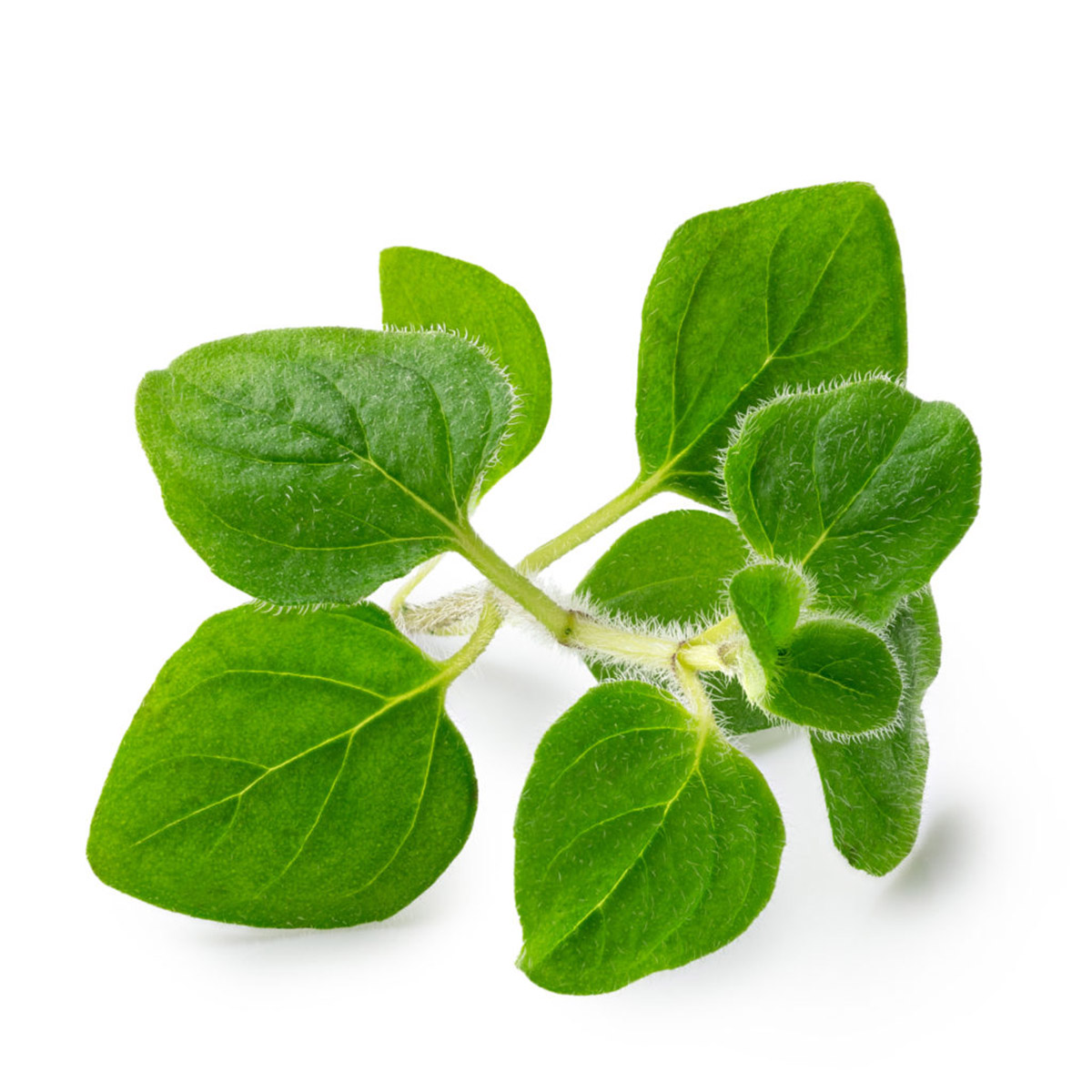

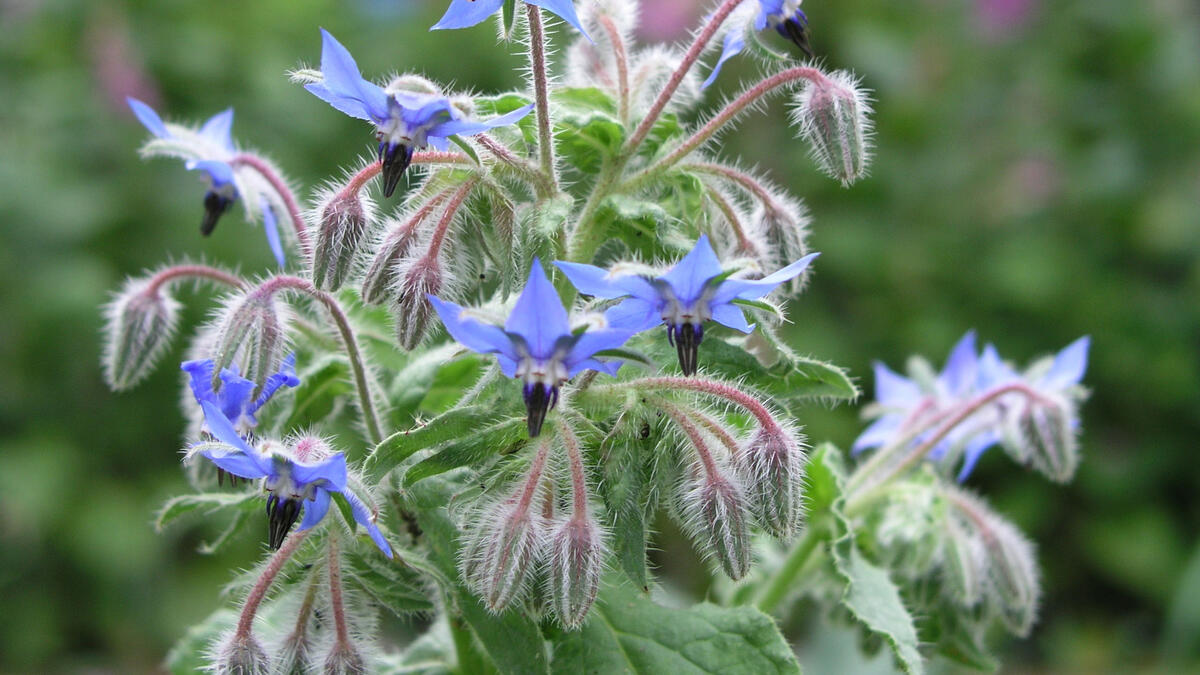
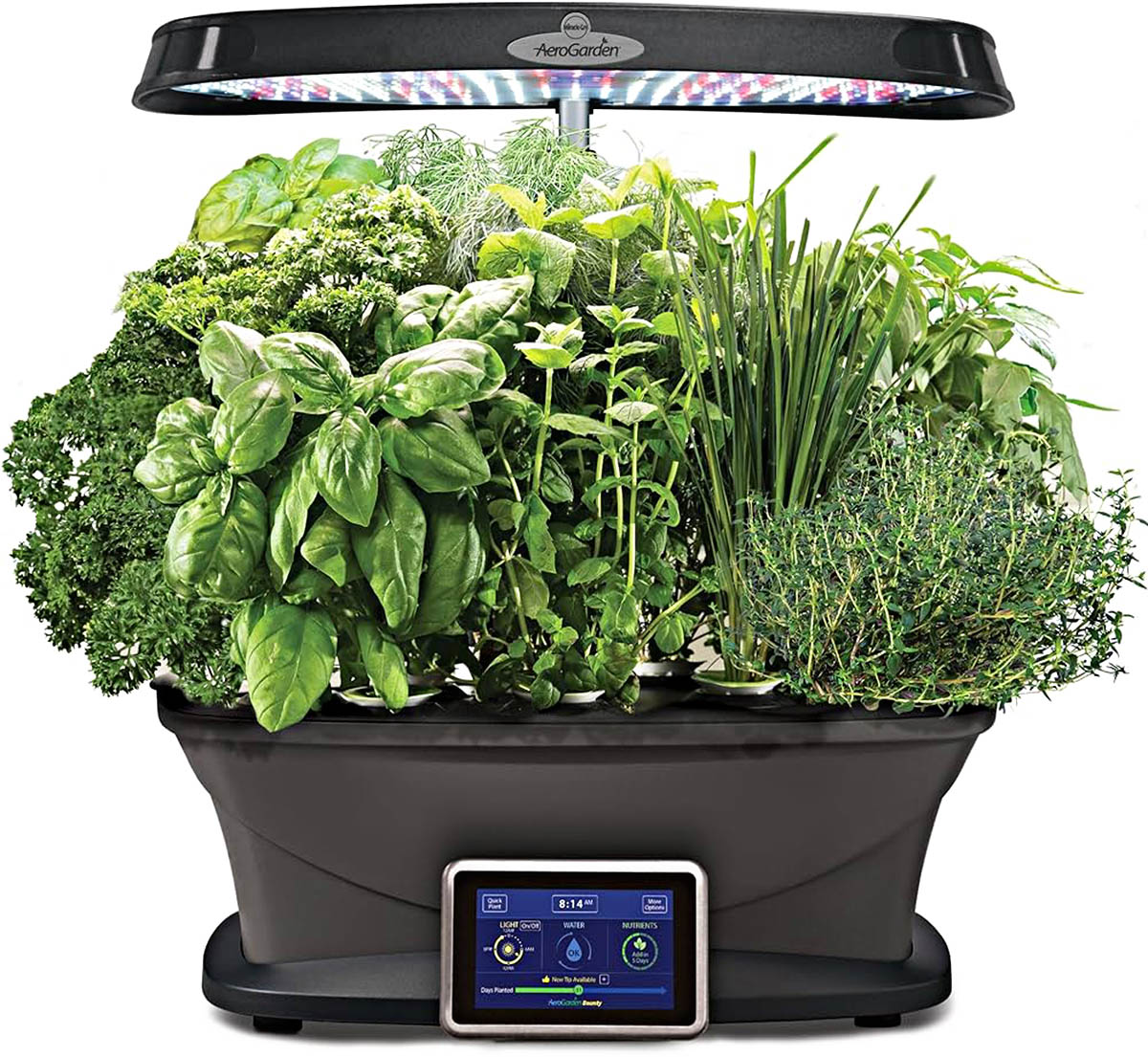

0 thoughts on “How Long Grape Tomato Germinate”